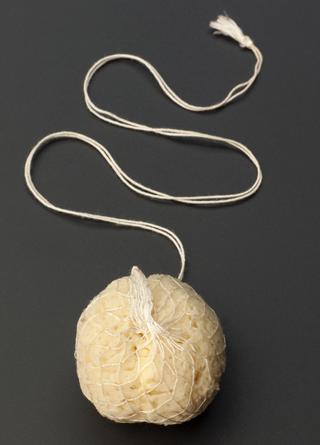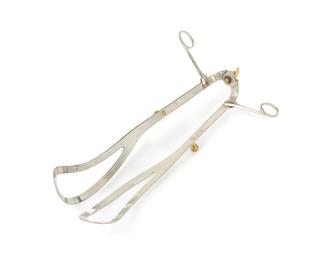Oxygenaire MK3 portable incubator
Oxygenaire MK3 portable incubator. Circa 1960. Acquired from St Anne's Hospital, Bristol in 1997. Probably sole example of this type of portable incubator still in existence. When more babies were born at home, portable incubators were frequently needed for journeys from home to hospital. They were also used to move babies to special care units from outlying hospitals. Many were designed to operate from ambulance batteries.
More
In Britain today, it is generally a mother's choice whether to opt for a home birth, birthing centre or hospital delivery. Until the second half of the 20th century, most babies were born at home. Portable incubators were frequently needed for journeys to hospital. They also moved babies to special care units from outlying hospitals. They were often designed to operate from an ambulance’s batteries.
This example of a portable incubator was acquired from St Anne's Hospital, Bristol in 1997. The fall in the numbers of home births since the 1960s means equipment such as this is rare. This may be the sole example of this type of portable incubator in existence.
- Measurements:
-
overall: 460 mm x 715 mm x 435 mm,
- Materials:
- metal (unknown) , plastic (unidentified) , steel (metal) and rubber (unidentified)
- Object Number:
- 1997-1005/1
- type:
- incubator
- Image ©
- The Board of Trustees of the Science Museum











